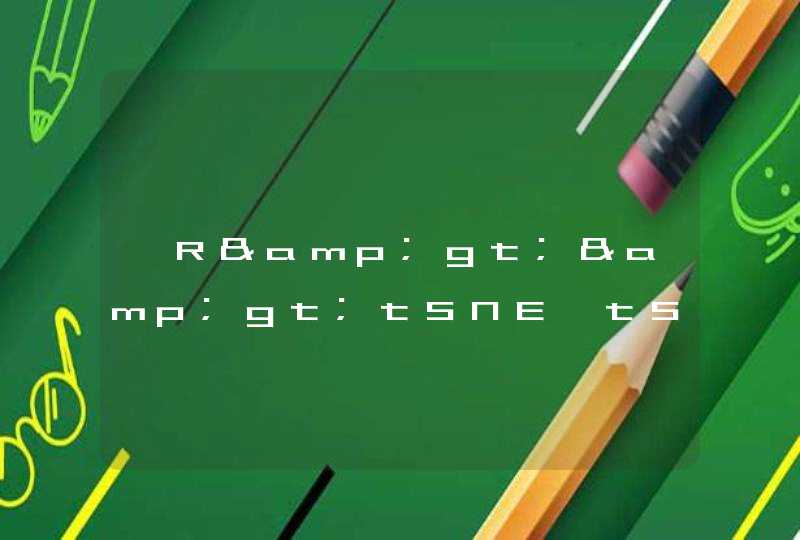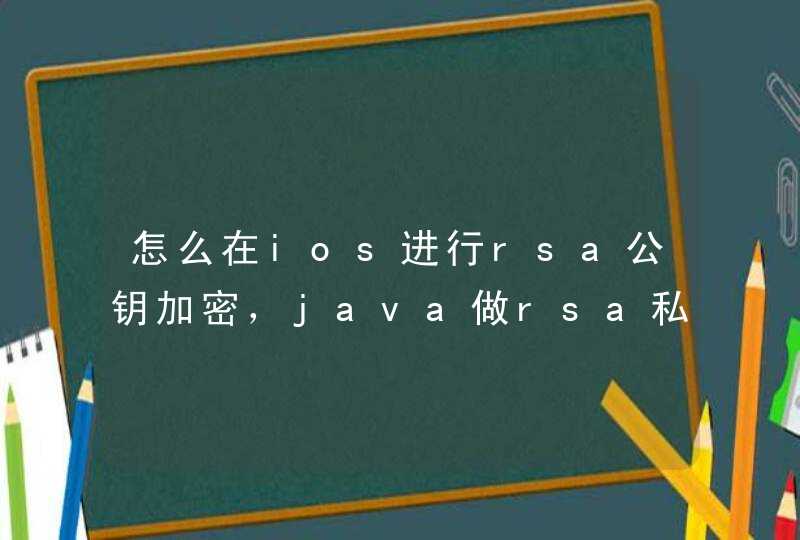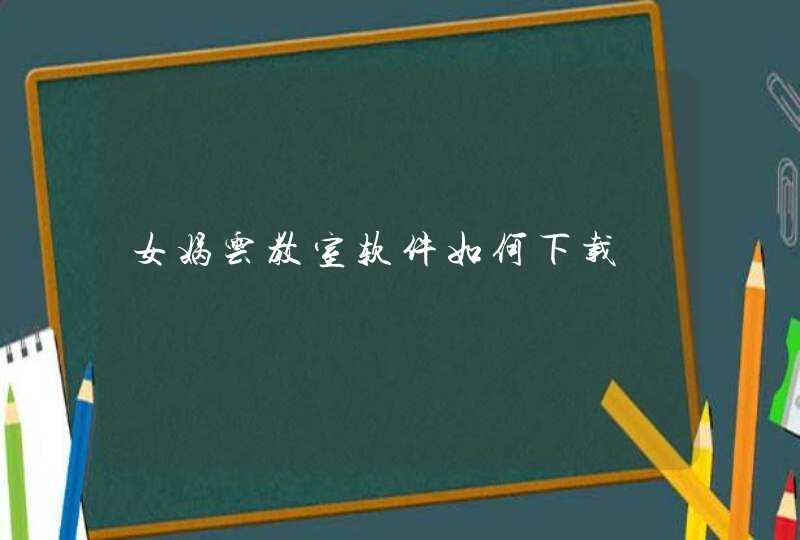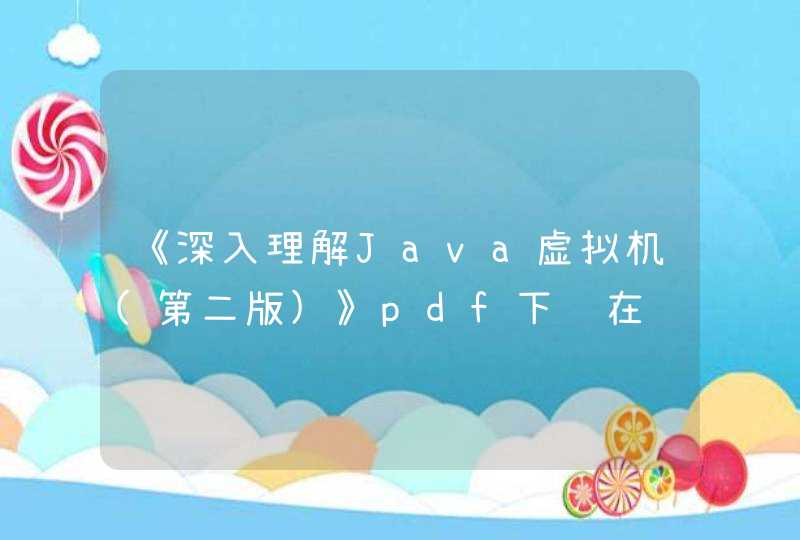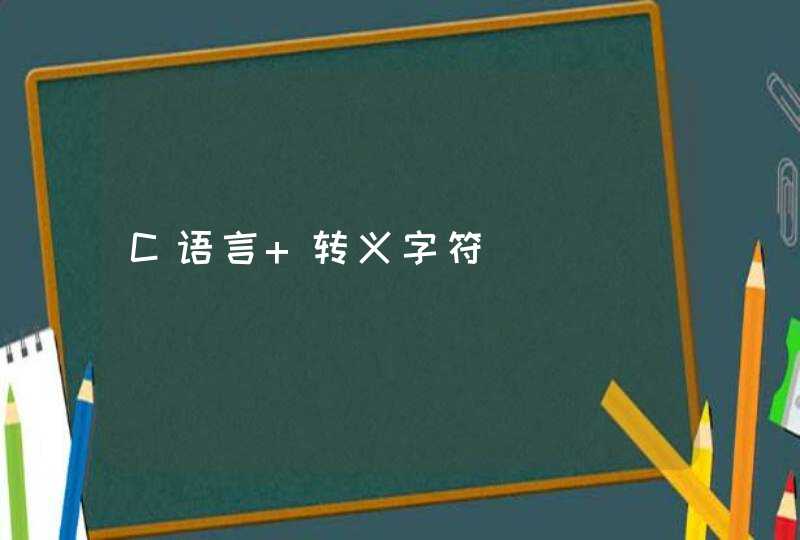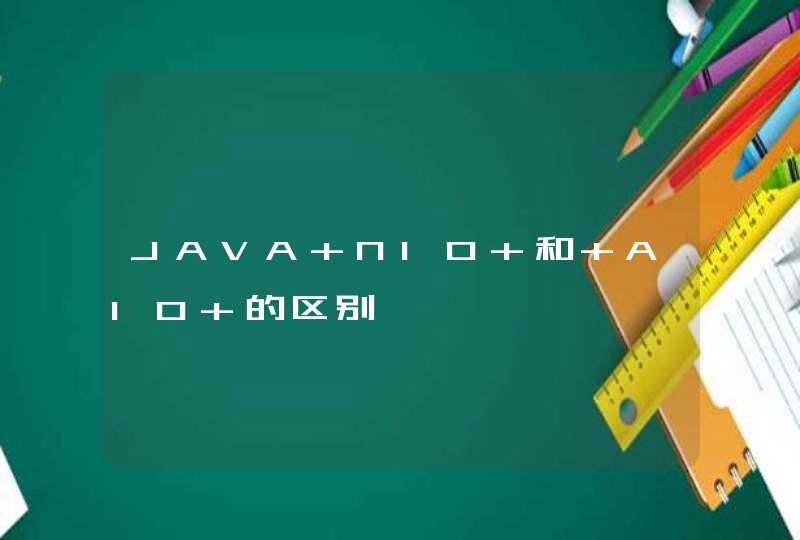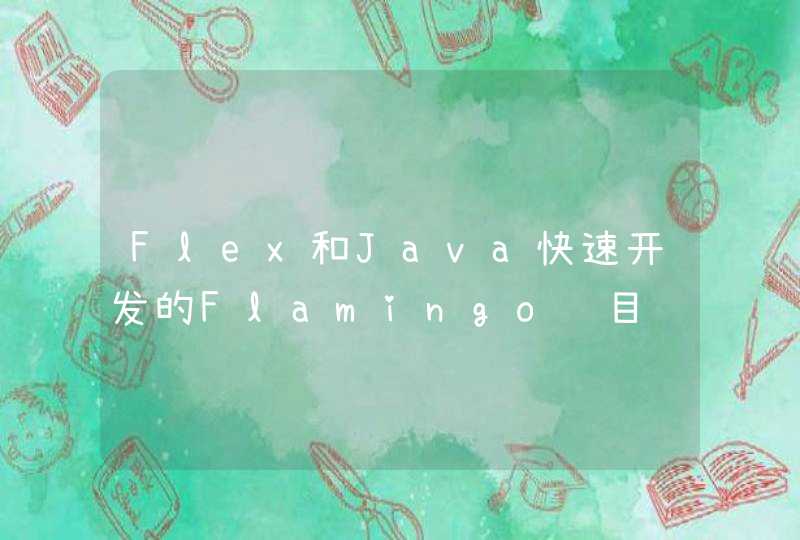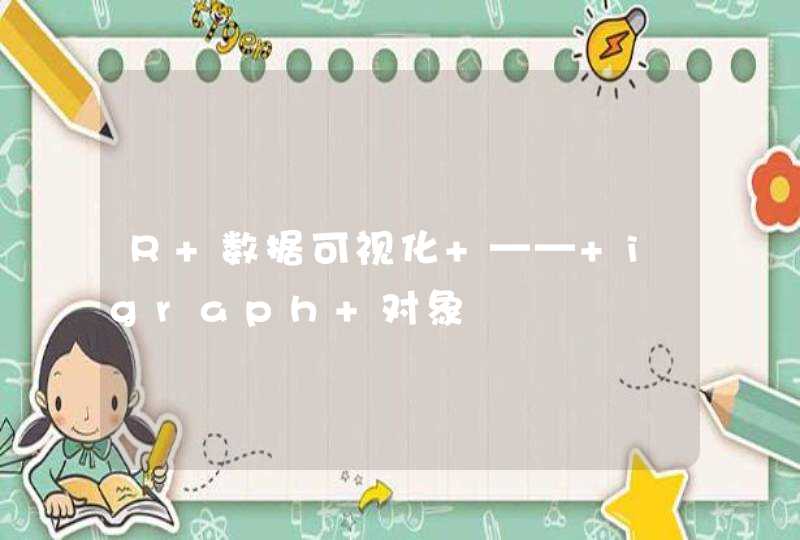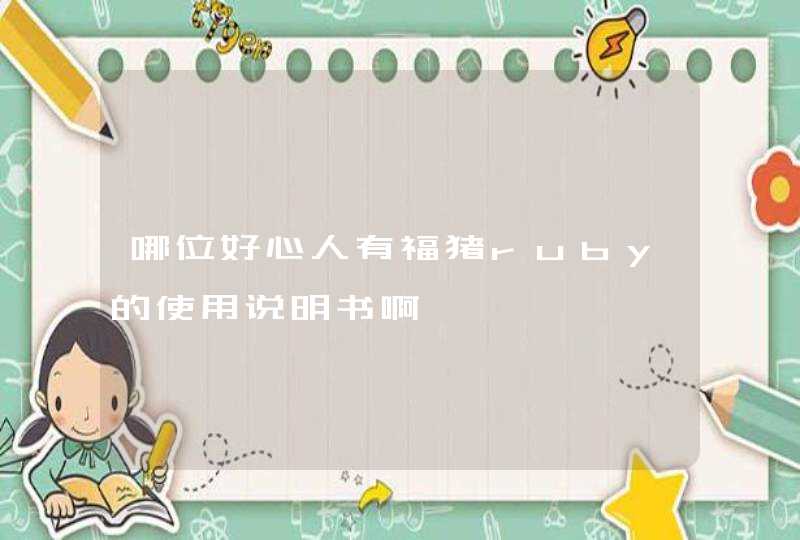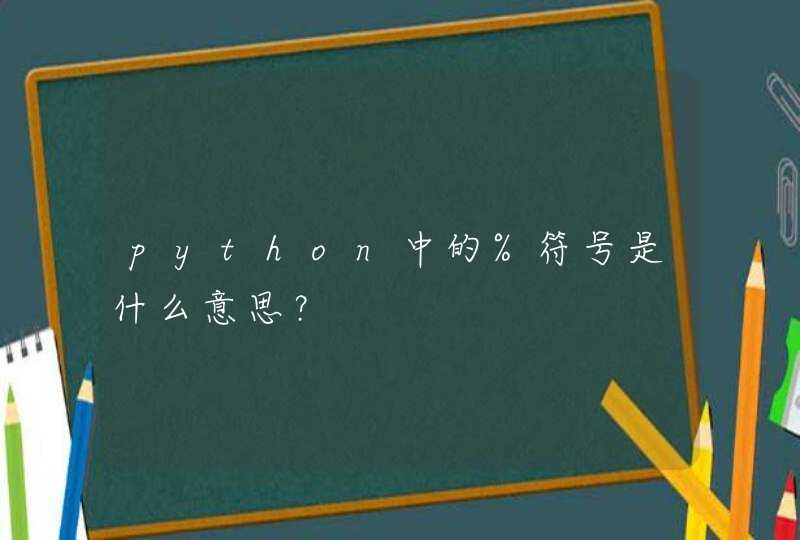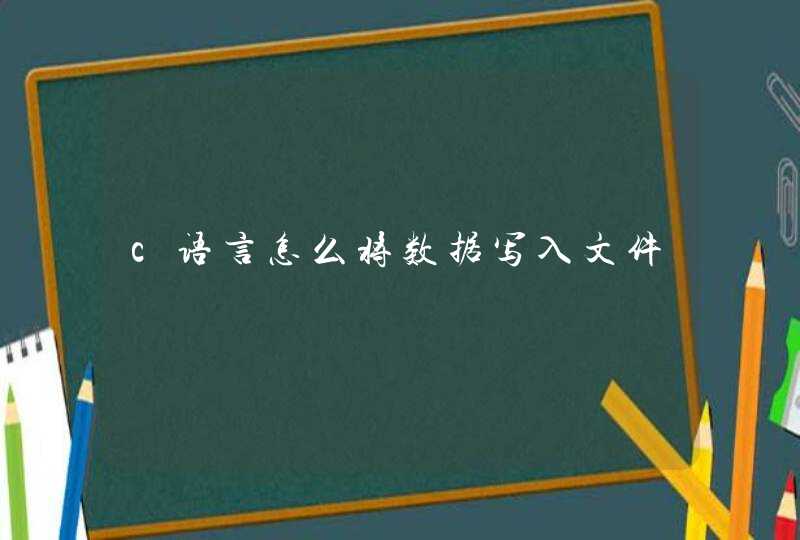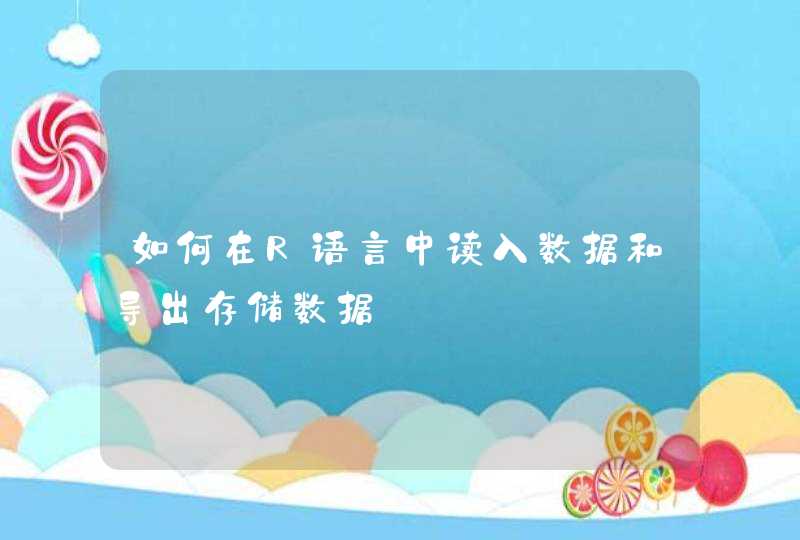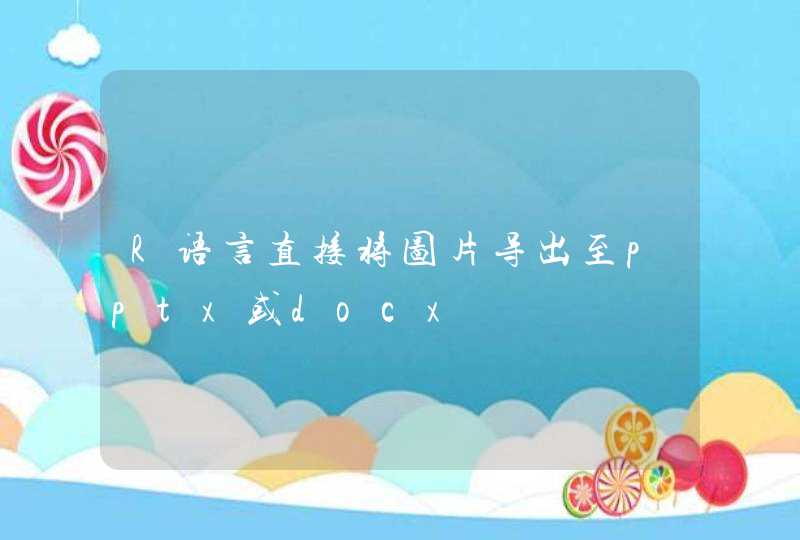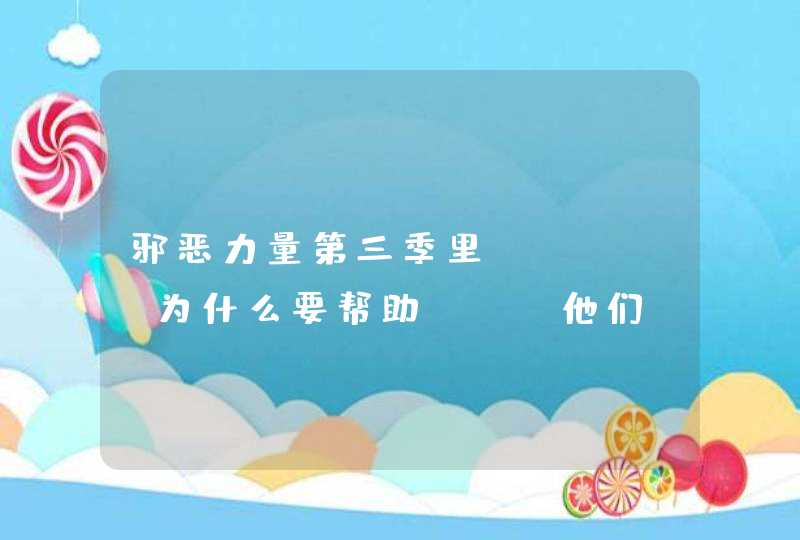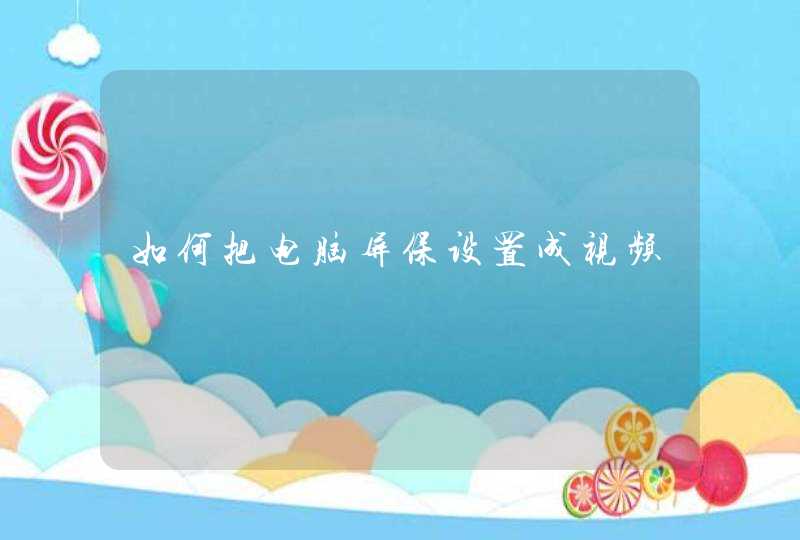
你在后台设置一个,
<%
response.setContentType(fileminitype)
response.setHeader("Location",filename)
response.setHeader("Cache-Control", "max-age=" + cacheTime)
response.setHeader("Content-Disposition", "attachmentfilename=" + filename)//filename应该是编码后的(utf-8)
response.setContentLength(filelength)
OutputStream outputStream = response.getOutputStream()
InputStream inputStream = new FileInputStream(filepath)
byte[] buffer = new byte[1024]
int i = -1
while ((i = inputStream.read(buffer)) != -1) {
outputStream.write(buffer, 0, i)
}
outputStream.flush()
outputStream.close()
inputStream.close()
outputStream = null
%>
参考下面public HttpServletResponse download(String path, HttpServletResponse response) {
try {
// path是指欲下载的文件的路径。
File file = new File(path)
// 取得文件名。
String filename = file.getName()
// 取得文件的后缀名。
String ext = filename.substring(filename.lastIndexOf(".") + 1).toUpperCase()
// 以流的形式下载文件。
InputStream fis = new BufferedInputStream(new FileInputStream(path))
byte[] buffer = new byte[fis.available()]
fis.read(buffer)
fis.close()
// 清空response
response.reset()
// 设置response的Header
response.addHeader("Content-Disposition", "attachmentfilename=" + new String(filename.getBytes()))
response.addHeader("Content-Length", "" + file.length())
OutputStream toClient = new BufferedOutputStream(response.getOutputStream())
response.setContentType("application/octet-stream")
toClient.write(buffer)
toClient.flush()
toClient.close()
} catch (IOException ex) {
ex.printStackTrace()
}
return response
}
// 下载本地文件
public void downloadLocal(HttpServletResponse response) throws FileNotFoundException {
String fileName = "Operator.doc".toString()// 文件的默认保存名
// 读到流中
InputStream inStream = new FileInputStream("c:/Operator.doc")// 文件的存放路径
// 设置输出的格式
response.reset()
response.setContentType("bin")
response.addHeader("Content-Disposition", "attachmentfilename=\"" + fileName + "\"")
// 循环取出流中的数据
byte[] b = new byte[100]
int len
try {
while ((len = inStream.read(b)) >0)
response.getOutputStream().write(b, 0, len)
inStream.close()
} catch (IOException e) {
e.printStackTrace()
}
}
// 下载网络文件
public void downloadNet(HttpServletResponse response) throws MalformedURLException {
int bytesum = 0
int byteread = 0
URL url = new URL("windine.blogdriver.com/logo.gif")
try {
URLConnection conn = url.openConnection()
InputStream inStream = conn.getInputStream()
FileOutputStream fs = new FileOutputStream("c:/abc.gif")
byte[] buffer = new byte[1204]
int length
while ((byteread = inStream.read(buffer)) != -1) {
bytesum += byteread
System.out.println(bytesum)
fs.write(buffer, 0, byteread)
}
} catch (FileNotFoundException e) {
e.printStackTrace()
} catch (IOException e) {
e.printStackTrace()
}
}
//支持在线打开文件的一种方式
public void downLoad(String filePath, HttpServletResponse response, boolean isOnLine) throws Exception {
File f = new File(filePath)
if (!f.exists()) {
response.sendError(404, "File not found!")
return
}
BufferedInputStream br = new BufferedInputStream(new FileInputStream(f))
byte[] buf = new byte[1024]
int len = 0
response.reset()// 非常重要
if (isOnLine) { // 在线打开方式
URL u = new URL("file:///" + filePath)
response.setContentType(u.openConnection().getContentType())
response.setHeader("Content-Disposition", "inlinefilename=" + f.getName())
// 文件名应该编码成UTF-8
} else { // 纯下载方式
response.setContentType("application/x-msdownload")
response.setHeader("Content-Disposition", "attachmentfilename=" + f.getName())
}
OutputStream out = response.getOutputStream()
while ((len = br.read(buf)) >0)
out.write(buf, 0, len)
br.close()
out.close()
}




